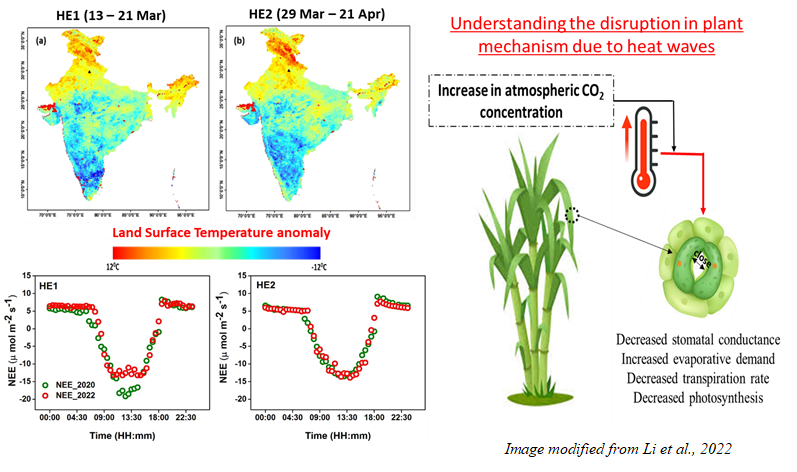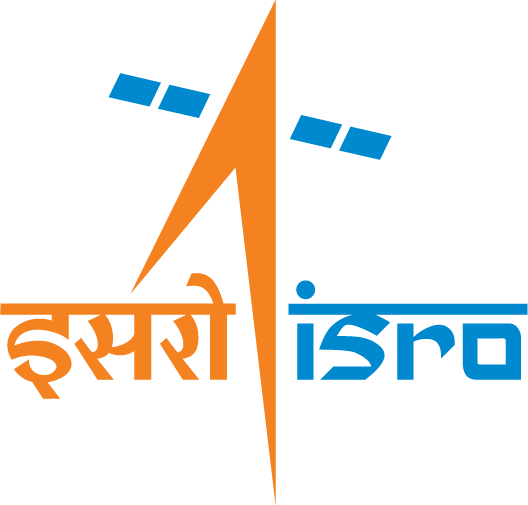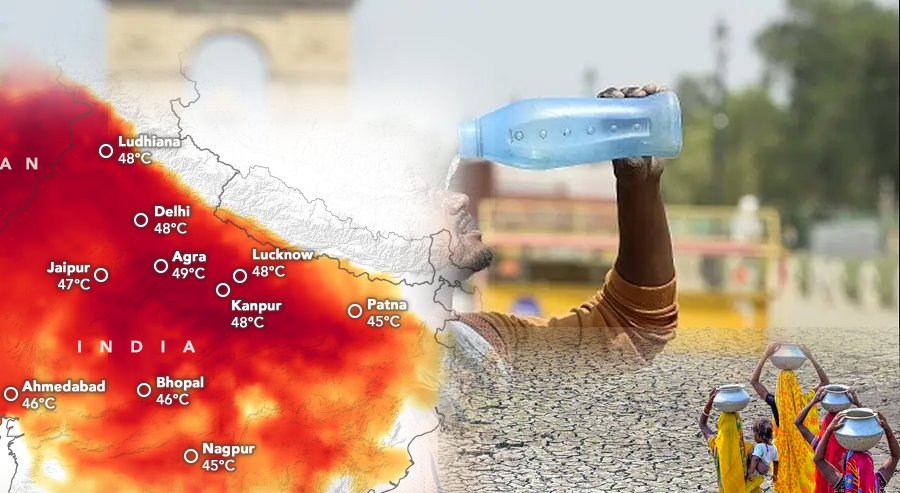“Heat-wave or extremely hotter temperature these days resulting from on-going El Nino, temporary global warming and seasonality are becoming “steroid” to carbon release and vegetation systems”
N.R. Patel and Shweta Pokhariyal
Heatwaves are not merely temperature spikes; they pose significant health risks and environmental consequences. Quantitatively, it is extreme weather event defined by rise in temperature with certain thresholds over a region, often in terms of actual temperature or its departure from normal. According to the Indian Meteorological Department (IMD), in India, the criteria for declaring a heatwave include a maximum temperature of at least 40°C for plains and 30°C for hilly regions, or a departure from the normal temperature of 4.5°C to 6.4°C, with severe heatwaves declared for departures exceeding 6.4°C. Additionally, warm nights, when minimum temperatures remain high, further compound the issue.
Heatwaves are the silent killers that increase the evaporation rates over water resources, thereby depleting resources and trapping radiation over dry soil. Heatwave impacts crop growth and development at different levels like soil moisture uptake, root and shoot growth, photosynthesis, respiration, plant water uptake and finally crop yields. Heatwave competes for soil moisture by hastened evaporation, leaving almost no moisture available for uptake by plants. Heatwave also causes an overall environmental degradation, which is a major factor contributing to the vulnerability of agriculture, forestry and rangelands to heatwaves.
The Indo-Gangetic Plains, known as the food bowl of India, were engulfed by heatwaves in 2022. During this period, India experienced its hottest March on record, which precipitated an early arrival of the heatwaves. In 2022, a heatwave in March curtailed India’s wheat production to 100 million tonnes against local consumption of 103.6 million tonnes. In terrestrial ecosystems, carbon and hydrological cycles are closely linked; thus, such extreme climate events significantly affect the dynamics of the terrestrial carbon cycle and atmospheric carbon dioxide concentrations. High temperatures influence the net ecosystem exchange (NEE) of both agricultural and natural ecosystems through various mechanisms.

It is generally understood at the ecosystem level that photosynthesis responds to temperature changes in a quadratic manner, peaking at an optimal temperature, while ecosystem respiration increases exponentially as temperatures rise due to enhanced metabolic activities. The occurrence of heatwaves indicates that ecosystems are functioning beyond their photosynthetic thermal optimum. Additionally, high temperatures can reduce photosynthesis and overall ecosystem productivity by inducing water stress in plants. Elevated summer temperatures diminish soil water availability through increased evapotranspiration and boost atmospheric water demand by elevating the vapor pressure deficit (VPD). In response to higher VPD and reduced soil moisture, plants close their stomata to limit water loss, unfortunately resulting in reduced CO2 sequestration (Yu et al., 2021). This temperature-induced decline in CO2 uptake is exacerbated by insufficient summer rainfall, thereby amplifying heat and drought-induced stresses on ecosystem productivity.
References
Bal, S. K., Prasad, J. V. N. S., & Singh, V. K. (2022). Heat wave 2022 Causes, impacts and way forward for Indian Agriculture. Technical Bulletin No. ICAR/CRIDA/TB/01/2022, ICAR-Central Research Institute for Dryland Agriculture, Hyderabad, Telangana, India, p50.
Pokhariyal, S., Patel, N. R., Danodia, A., & Singh, R. P. (2023). Heat wave characterization and its impact on carbon and water vapour fluxes over sugarcane-based agroecosystem. Journal of Agrometeorology, 25(3), 375-382.
Li, X., Palta, J. A., & Liu, F. (2022). Modulation of stomatal response by elevated CO2 in plants under drought and heat stress. Frontiers in Plant Science, 13, 843999.
Yu, Z., Griffis, T. J., & Baker, J. M. (2021). Warming temperatures lead to reduced summer carbon sequestration in the US Corn Belt. Communications Earth & Environment, 2(1), 53.



